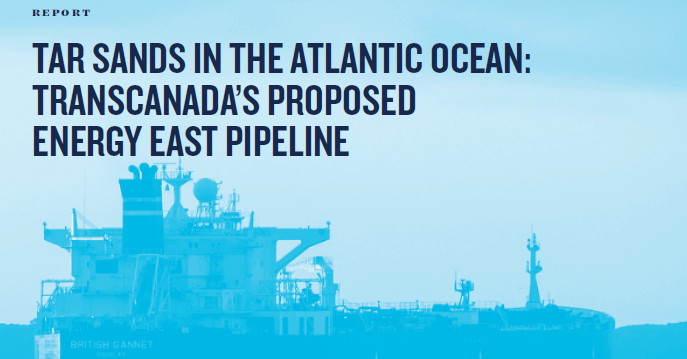
The Conservation Council is calling the increased tanker traffic in the Bay of Fundy, as proposed by TransCanada as part of its Energy East pipeline project a serious risk to the iconic marine eco-system.
Currently, a relatively small number of oil tankers bring conventional crude oils to the Irving Oil refinery in Saint John, while outbound tankers carried refined product from the port to markets along the United States’ Eastern seaboard, the Gulf of Mexico, and elsewhere.
However, Energy East will lead to several marked and potentially devastating changes for the iconic Bay:
- Total oil tanker traffic will increase by 74 per cent;
- This includes a 300 per cent increase in crude oil tanker traffic;
- There will be a complete shift in the type of material moving through the Bay’s sensitive waters;
- Most tankers planned to move product into and out of the Bay of Fundy include Suezmax and Very Large Crude Carries (VLCs);
- These vessels carry up to 1.2 million and 1.92 million barrels each. There will be approximately 300 of these vessels a year will load and transport 328 million barrels of tar sands oil. That’s the equivalent of 20,465 Olympic size swimming pools;
- Significantly increased Canadian greenhouse gas emissions could amplify global climate change, including related changes in the Bay of Fundy and Gulf of Maine, while locking in large price of high-carbon infrastructure for the next 50 years.
For more information on Energy East’s proposed “aquatic pipeline” read the report: Tar Sands In The Atlantic Ocean: TransCanada’s Proposed Energy East Pipeline.

